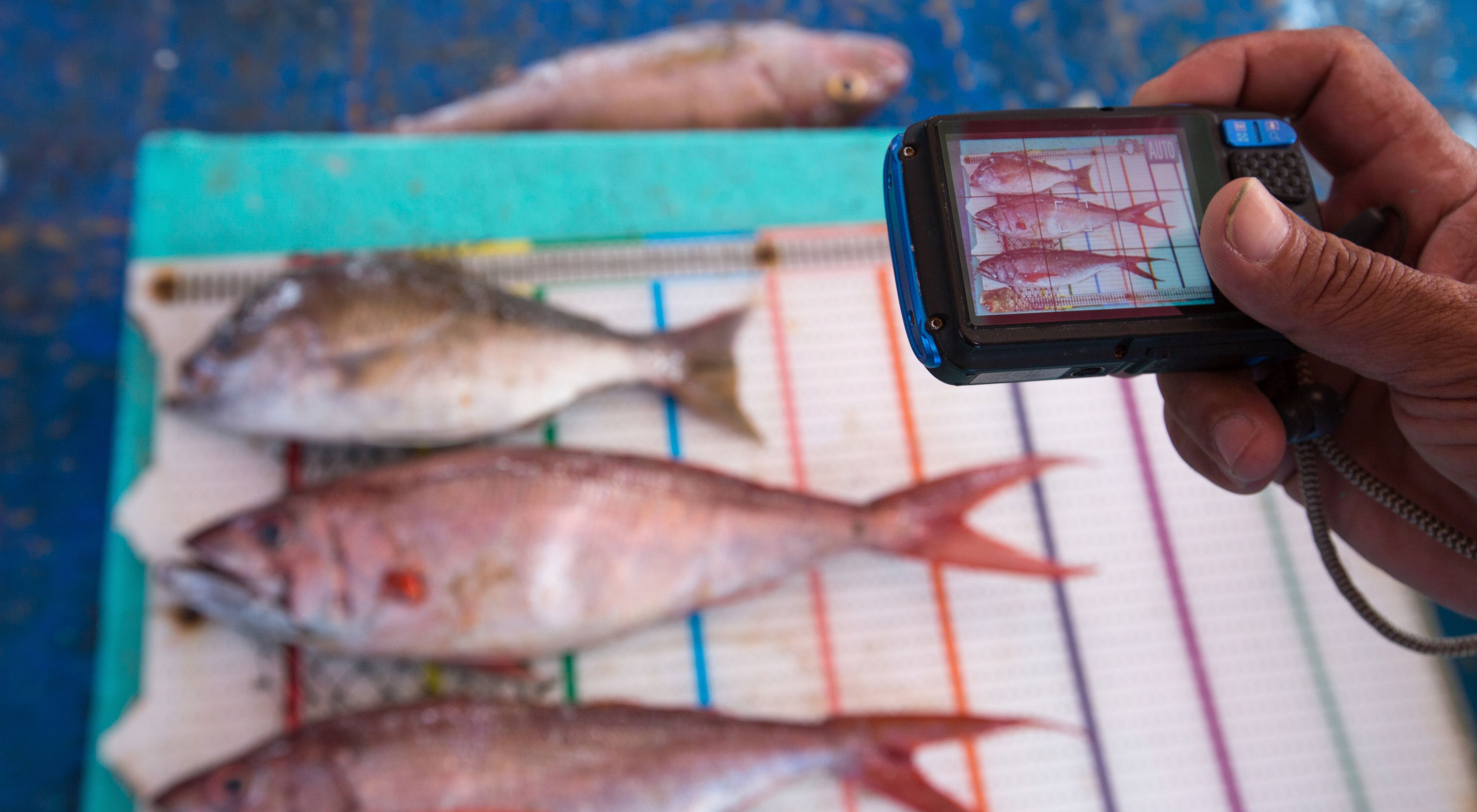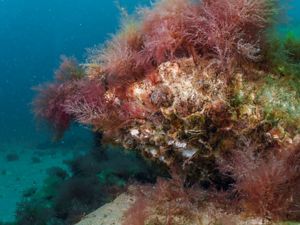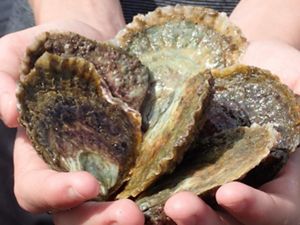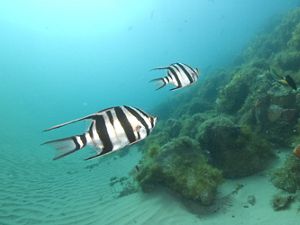On 26 October 2016, our FishFace project was announced the winner of the popular vote for the 2016 Google Impact Challenge: Australia. As a result, we were awarded $750,000 to develop this game-changing technology to protect global fish stocks, the livelihoods of coastal communities and provide a sustainable food source for billions of people.
What is FishFace?
FishFace is an idea for a machine learning device that will use facial recognition technology to automate the collation, at sea, of information on the species and numbers of fish caught, and use these data to inform management decisions. Initially, FishFace is being developed and will be trialed in Indonesia’s deep-water snapper and grouper fisheries with the potential to be rolled out for fisheries around the world.
Through FishFace, The Nature Conservancy hopes to make a massive positive difference for global fisheries by collecting, organising, sharing and utilising the data essential for sustainable fisheries management. It will reduce overfishing and sustain the livelihoods of coastal communities worldwide.
Once developed, the FishFace device will be operated by the crew of a fishing vessel, typically at the moment that the fish is transferred from the chiller to the hold of the vessel for storage.
The machine learning engine that powers FishFace is being developed by Refind Technologies. Refind is a Swedish company providing intelligent sorting solutions using machine vision and deep learning. Refind’s aim is to reduce waste through automation, not only in the seas but also in the used electronics industry.

Why do we need FishFace?
The world is running out of fish. Global peak fish catch occurred in the 1980s and the global catch has been declining ever since. In fact, 64% of fisheries are now overfished and 90% of all fisheries have no effective management in place. The reason? Insufficient data. We simply don’t know which species are being caught where and in what quantities to inform sustainable management.
Rapidly rising demand combined with falling fish stocks risks a fisheries crisis, which would be a planetary disaster: one in 12 people on Earth depend on fisheries and aquaculture for their livelihood, and three billion people rely on seafood as their primary source of animal protein.

Progress
What progress has been made since FishFace won the 2016 Google Impact Challenge: Australia?
Since winning the 2016 Google Impact Challenge we have:
- Been building the hardware for FishFace and making sure that it performs well both in a processing plant and at sea.
- Conducting the machine learning phase for FishFace – collecting photographs of different fish species and sizes and storing them in the device’s library.
- Deployed the device onboard a fishing vessel in Kupang (East Nusa Tenggara) to test the device performance during fishing trip. The accuracy of the device was 90-95%.
- Advancing electronic fisheries monitoring projects more broadly and expanding the testing of other systems to monitor at-sea transshipment - the transfer of fish from a fishing vessel to a carrier vessel on the open ocean, which is a major source of illegal, unreported, and unregulated fishing.

Get the latest updates
Get email updates to find out how we're helping to conserve Australia's iconic natural landscapes and crucial wildlife habitats.



